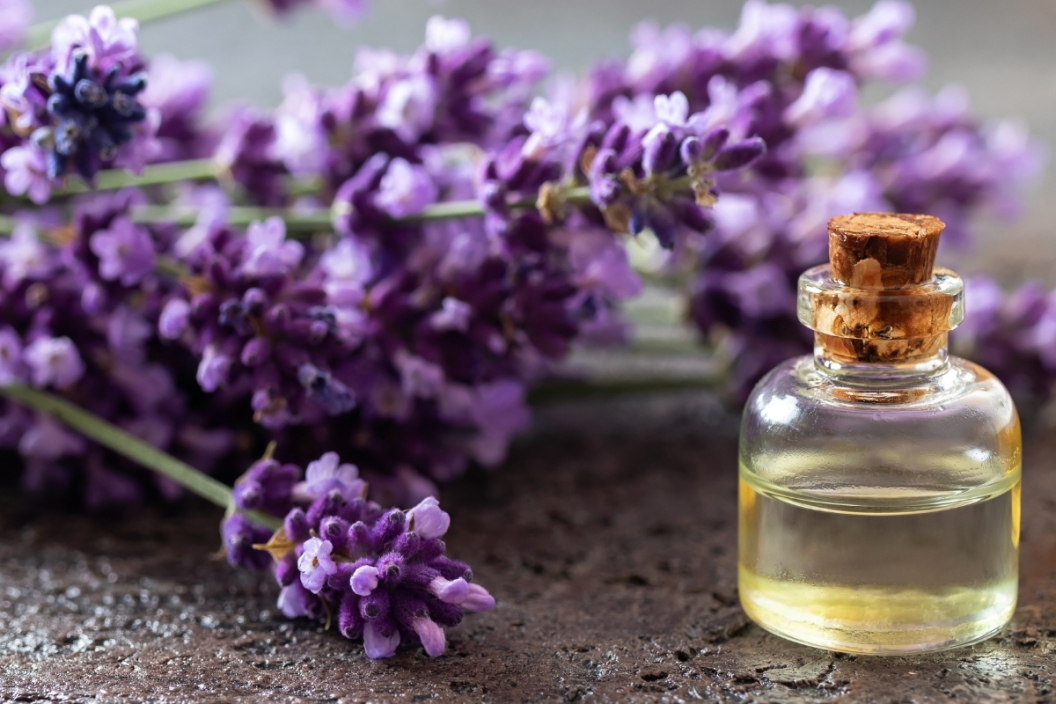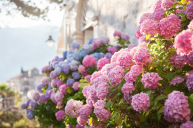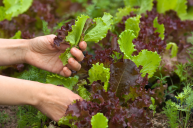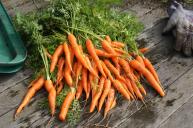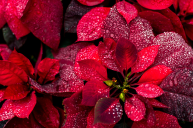If you're looking to plants some flowers in your garden, you should start with lavender. Not only are these flower buds easily grown, but they'll instantly make your garden look beautiful. Provence French lavender and Spanish lavender also smells lovely and can be used in scented products. You might have heard that it's important to prune lavender or cut lavender, but it sounds stressful so you just put it off until next year. Fortunately, first year growers and pruners don't need to worry, because the process is easier than it sounds. Here's how to harvest lavender so that it can continue to grow without worry.
First you need to think about where you want your purple flowers (Lavandula angustifolia) to grow.
"My own lavenders are grown against a south-facing wall open to the prevailing wind, in a patch of light, stony, unimproved soil that many other plants would struggle to survive in. Lavender will tolerate quite a wide range of soil conditions as long as they're not waterlogged, but for best results well-drained, moderately fertile soil is ideal. It copes very well in containers," Ann Hendry shares with growveg.com.
If you already have roses in your garden bed, lavender flowers are good companions. They both grow well in the winter time, so late summer is a great time to add lavender buds to your herb garden.
Next, you need to learn how to grow the English lavender (one of the many types of lavender), and we're here to help you out! It might be tempting to buy some seeds on Amazon, but the reality is that you might save yourself some time by buying an actual plant. "Lavender can be started from seed, but it does take some patience as germination can take many months. An easier way to propagate lavender is by cuttings (long stems), which provides a mature plant much earlier and ensures that it will be identical to the parent plant."
You want to start with pruning lavender in cool weather, during which you are harvesting lavender while it is in bloom. Along the way, you want to snip off the ends as the flowers fade. Avoid the woody part unless it's truly dead. "Leave the foliage over the winter to protect new growth from frosts, then in spring trim the plants fairly hard to prevent them from becoming leggy and bare at the base. It's important not to cut back into old wood however, as it won't regrow from this."
In order to use lavender for products, you need to harvest and dry lavender. As the lavender blooms, you can cut the lavender stems, make lavender bunches and hang dry them upside down in a dark place. Make sure you have enough rubber bands or twine. Drying lavender can take up to a few weeks, but you'll have fully dried lavender at this point.
Take your lavender bushes or sprigs, and shake off any falling lavender into a jar or sachets. Use the sachets to keep your linens smelling fresh, or place into pillows to help cure insomnia. You can also mix into potpourri to keep your home smelling fresh.
You can even make your own essential oils for those reasons, and find tons of lavender oil tutorials online on how to use lavender plants for them. Luckily for you, you now have a lavender farm with fresh lavender, so you know your DIY projects are clean. Culinary use is also an option, though used less in recipes.
